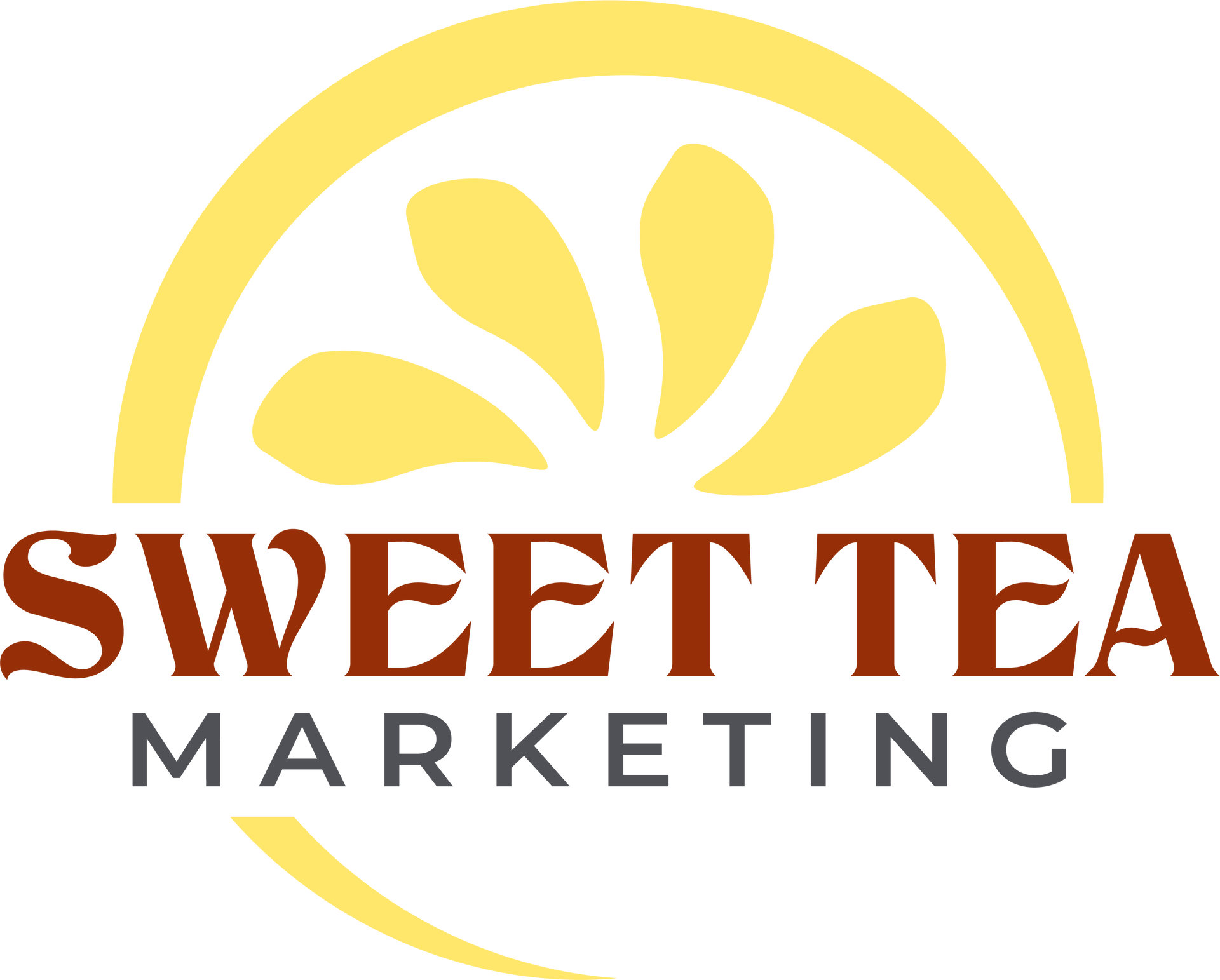Content That Converts: Writing Web Copy That Actually Sells
James spent $3,000 on a beautiful website for his consulting business.
Professional design, perfect photos, mobile-friendly layout. But after six months, he'd gotten exactly one inquiry through the website.
His developer shrugged. "The site looks great. Maybe you need more traffic."
But traffic wasn't the problem. James was getting plenty of visitors. The problem was his copy. His website talked about his services, but it didn't sell them.
The Difference Between Information and Persuasion
Most business websites are essentially online brochures. They describe what the business does, list their services, and hope visitors will be impressed enough to get in touch.
But describing isn't selling. Selling requires understanding what motivates people to take action.
What Motivates Action
People don't buy features. They buy outcomes. They don't hire consultants because they need "strategic planning." They hire consultants because they want to grow their business, solve a persistent problem, or avoid a potential disaster.
Your copy needs to connect your services to the outcomes people actually want.
The Before and After Framework
The most powerful copy structure is simple: paint a picture of life before your solution, then paint a picture of life after.
Before: The problem, frustration, or current state After: The solution, relief, or desired state Bridge: How you get them from before to after
James's original copy: "I provide strategic business consulting for small and medium enterprises, focusing on operational efficiency and growth strategies."
James's new copy: "Is your business stuck at the same revenue level year after year, despite your best efforts? I help ambitious business owners break through growth plateaus and build companies that work without them."
Speaking to One Person
Write like you're talking to one specific person, not a crowd. Use "you" instead of "our clients" or "business owners." Make it personal and direct.
Instead of: "Our clients typically see increased efficiency and improved profitability." Try: "You'll finally have systems that run smoothly, even when you're not there to manage every detail."
The Problem-Agitation-Solution Formula
This classic copywriting formula works because it mirrors how people think about buying decisions:
Problem: Identify the issue your customer faces
Agitation: Help them feel the pain of not solving it. Demonstrate that you understand what they are experiencing.
Solution: Present your service as the path to relief
For a financial advisor:
Problem: "You're worried about whether you're saving enough for retirement."
Agitation: "Every month that passes without a clear plan is a month of potential growth you can't get back."
Solution: "We create personalized retirement strategies that give you confidence about your financial future."
Features vs. Benefits
Features are what your service includes. Benefits are what your customer gets from those features.
Feature: "Comprehensive financial planning" Benefit: "You'll sleep better knowing your family's future is secure"
Feature: "24/7 monitoring system" Benefit: "You'll get alerts on your phone the moment something needs attention"
Always lead with benefits, then support with features if necessary.
The Call-to-Action
Your call-to-action (CTA) is where visitors decide to become leads. Most CTAs are weak because they're focused on what you want ("Contact us") instead of what they want ("Get your free consultation").
Weak CTAs:
- "Contact us"
- "Learn more"
- "Get started"
Strong CTAs:
- "Get your free marketing assessment"
- "Schedule your strategy session"
- "Download the pricing guide"
Social Proof That Works
Testimonials work, but specific testimonials work better. Instead of "Great service!" use testimonials that describe the transformation:
"Before working with James, I was working 60-hour weeks and my business wasn't growing. Six months later, I've increased revenue by 30% and take Fridays off. He didn't just give me advice - he gave me my life back." - Sarah M., Restaurant Owner
Overcoming Objections
Your copy should address the concerns people have before they voice them. Common objections include:
- Price ("Is this too expensive?")
- Time ("Will this take too long?")
- Trust ("Can I trust this person?")
- Fit ("Is this right for my situation?")
Address these proactively in your copy.
The Curiosity Gap
Create enough intrigue to make people want to learn more, but don't give everything away. The goal is to get them to contact you, not to solve their problem entirely through your website.
Instead of: "Here's exactly how we increase your sales: Step 1, Step 2, Step 3..." Try: "We use a proven 3-step process that's helped over 200 businesses increase sales by an average of 40%. Here's how it works for you..."
Action Steps You Can Take This Week
1. Rewrite one service page using the proven formula. Pick your most important service and rewrite the page using the Before/After framework and Problem-Agitation-Solution structure.
2. Add customer benefits to every feature you mention. Go through your website and for every feature you list, add the benefit your customer receives from that feature.
3. Include a clear call-to-action on every page. Every page should tell visitors what to do next. Make it specific and benefit-focused.
The Bottom Line
Beautiful websites don't sell. Clear, benefit-focused copy sells. Your website should be a 24/7 salesperson that understands your customers' problems and presents your services as the solution. Your website visitors don't care about your services. They care about their problems. When your copy connects those two things clearly and compellingly, people take action.










